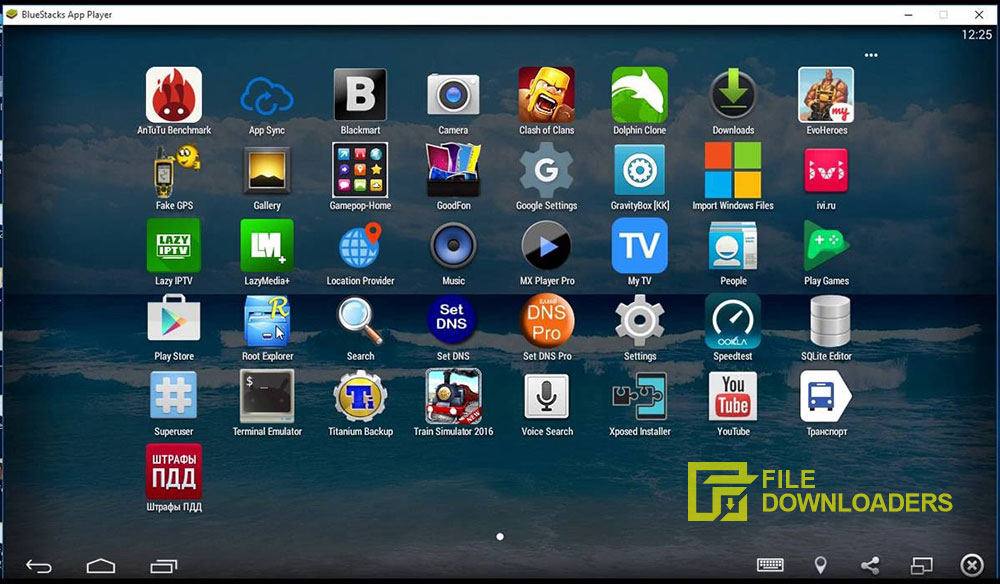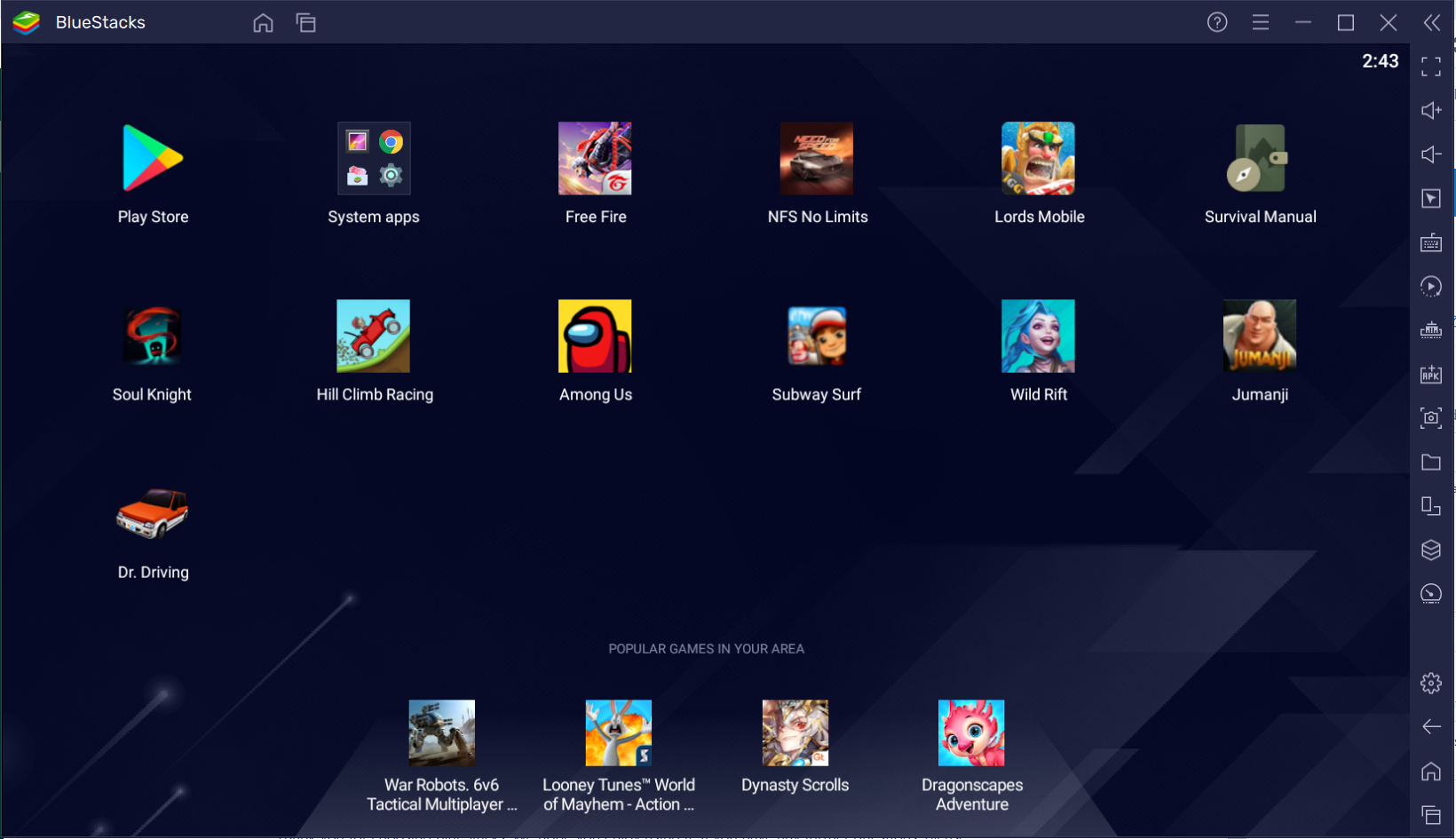

- #BLUESTACKS VIRTUALIZATION WINDOWS 10 HOW TO#
- #BLUESTACKS VIRTUALIZATION WINDOWS 10 INSTALL#
- #BLUESTACKS VIRTUALIZATION WINDOWS 10 WINDOWS 10#
After a new screen appears, press the F12 key to enter BIOS.Ĥ. At the time of startup, press the F1 or F2 key.ģ. How can I enable Virtualization on Lenovo Laptops?Ģ. NOTE: In case your machine model does not have these settings, please check this Acer's official page for more info. Press the Enter key to save changes and reboot Windows. Select Enabled and press the Enter key.ĥ. Select Virtualization Technology and then press the Enter key.Ĥ. Press the right arrow key to System Configuration tab. NOTE: Few Acer laptops may require F1 or F12 to be pressed instead of the F2 key.ģ. How can I enable Virtualization on Acer Laptops? NOTE: In case your machine model does not have these settings, please check this Asus's official page for more info. Select Enabled and press Enter to save the changes. Now, from the menu, select Intel Virtualization Technology and press Enter.Ĥ. How can I enable Virtualization on Asus Laptops?ģ. Using the arrow keys, navigate to the Advanced tab and press the Enter key. NOTE: In case your machine model does not have these settings, please check this HP's official page for more info. Here, select Virtualization Technology and press Enter.

Press the right arrow key and move to the System Configuration tab. At the time of startup, press the F2 key to enter BIOS.ģ. How can I enable Virtualization on HP Laptops?Ģ. NOTE: In case your machine model does not have these settings, please check this Dell's official page for more info. Select Enable and press Enter to save the changes. Now, from the menu, select Virtualization and press Enter.ĥ. Using the arrow keys, navigate to the Advanced tab and press the Enter key. When a new screen appears, press the F10 key to enter BIOS setup.Ĥ. At the boot screen, repeatedly tap the ESC key.ģ. How can I enable Virtualization on Dell Laptops?Ģ.

You can also follow the steps described in this article if you're unable to find the UEFI settings while trying to enable Virtualization in Windows 10, 8.1 or 8.
#BLUESTACKS VIRTUALIZATION WINDOWS 10 HOW TO#
I have disabled Windows Defender and I am not using any anti-virus software, my computer has 12 GiB RAM and its CPU is Intel Core i5 4430 3.This article will guide you on how to enable Virtualization through BIOS in Windows 7, based on the brand or manufacturer of your PC.
#BLUESTACKS VIRTUALIZATION WINDOWS 10 INSTALL#
So I uninstalled BlueStacks and downloaded the non-Hyper-V edition, tried to install it while Hyper-V is disabled, and it failed with error:īut Hyper-V is disabled: PS C:\Windows\System32> Get-WindowsOptionalFeature -Online | where įeatureName : Microsoft-Hyper-V-Tools-AllįeatureName : Microsoft-Hyper-V-Management-PowerShellįeatureName : Microsoft-Hyper-V-HypervisorįeatureName : Microsoft-Hyper-V-Management-Clients However I also want to use Oracle VirtualBox, which requires Hyper-V. I then disabled Hyper-V and rebooted my computer, and I can use BlueStacks again. I restarted the Engine multiple times and always succeeded in recreating the problem. The progress bar is very close to finish point, but it just refuses to go any further, like this:įinally it said: Could not start the Engine. So I enabled Hyper-V in OptionalFeatures.exe, and restarted, and then I found out that it just won't finish starting up, it just stuck at displaying Starting BlueStacks Hyper-V, please wait. I installed BlueStacks 4.0 via this executable: BlueStacksInstaller_4.2_native_4176a437bc759281d8303dbcf40bdb72.exe,it automatically detects the settings of my computer and downloads the appropriate edition of BlueStacks.Īfter installation I started BlueStacks, and it starts fairly fast.īut I found the edition of BlueStacks I have installed is BlueStacks (Hyper-V), however I had not enabled it. But I had not enabled Hyper-V when I installed BlueStacks. I have enabled Virtual Machine Platform because I use Windows Subsystem for Linux.
#BLUESTACKS VIRTUALIZATION WINDOWS 10 WINDOWS 10#
I am using Windows 10 20H2, 64-bit, with CPU virtualization enabled.


 0 kommentar(er)
0 kommentar(er)
